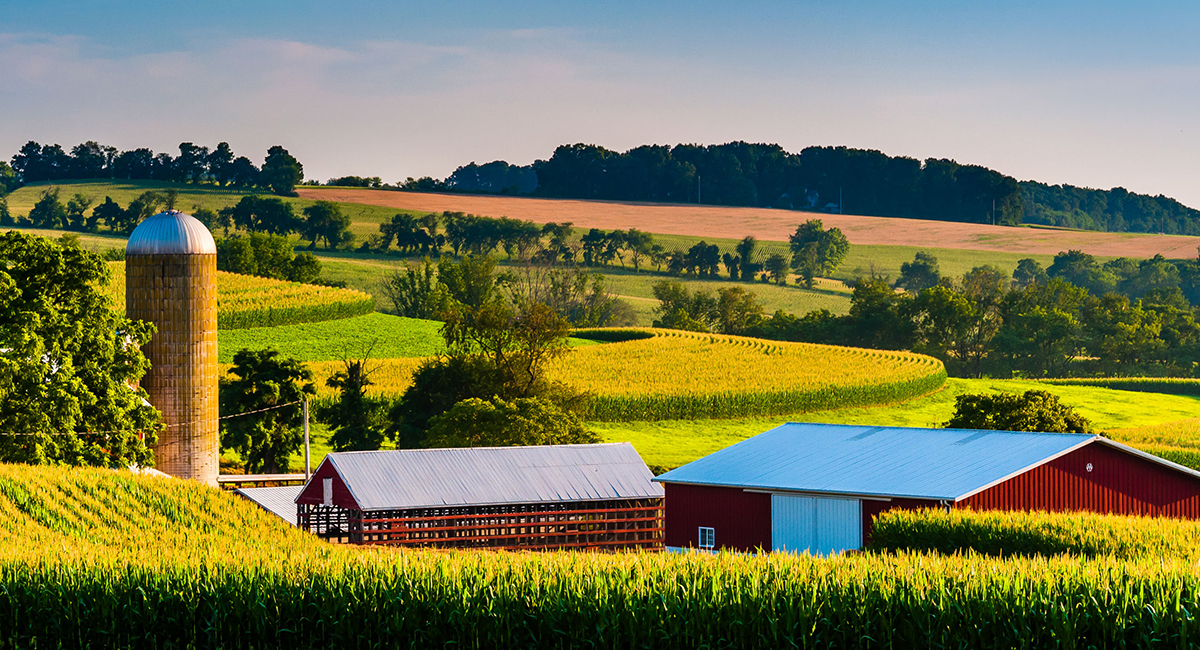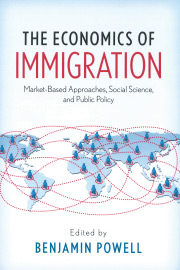Congressional Republicans are in a struggle with the White House to rein in federal spending after the U.S. national debt ballooned past $32 trillion after the COVID pandemic. The 2023 “Farm Bill” is an excellent place to start. There’s plenty to cut.
The proposed farm bill is massive. The Senate Committee on Agriculture, Nutrition and Forestry estimates its 10-year cost at $1.5 trillion. If passed in its current form, this would be the first time a farm bill has exceeded $1 trillion.
Although named a “Farm Bill,” more than 80 percent of the bill’s allocated spending is on the Supplemental Nutrition Assistance Program (SNAP). The SNAP program is essentially the modern-day version of food stamps, providing lower-income families with debit cards to buy food.
SNAP funding was a controversial aspect of the recent budget deal. Republicans attempted to put some limits on SNAP spending by requiring able recipients to work, but the Congressional Budget Office estimates that the actual budget deal signed into law will increase SNAP spending because it expands eligibility, which will increase the number of participants. Some Republicans see the farm bill as a second chance to rein in and restore some discipline to the program.
Discretionary spending in many areas will need to be cut if Republicans are going to make a dent in the massive $1.4 trillion annual deficit. It’s the accumulation of these deficits that creates the national debt. If cuts to the farm bill are going to make a meaningful contribution to deficit reduction, SNAP will need to be included since it accounts for such a large part of the bill’s price tag.
However, any cuts to SNAP, essentially a welfare program for the poor, should be matched by cuts to farm subsidies, which are welfare programs for wealthy farmers.
The two biggest farm subsidies are government-subsidized crop insurance and federal commodity programs.
Commodity programs provide direct government support for growing crops such as corn and soybeans. The CBO estimates eliminating these supports could save almost $50 billion over the next 10 years.
Farm profitability depends on largely uncontrollable weather risks, ranging from droughts to superstorms. The government subsidizes 60 percent of the cost of insuring against these risks. The CBO estimates that reducing the government’s subsidy from 60 percent to 40 percent would trim an additional $20 billion or more from the farm bill. Eliminating the subsidy completely could reduce the legislation’s price tag by more than $60 billion.
The farm lobby and its congressional allies sell the farm bill to the public as a program to help small, struggling family farms. While such farms exist, they are not the norm. Median farm household income on family farms, defined as those where most of the business is owned by the operator and the operator’s relatives, exceeded $92,000 in 2021. That’s more than 30 percent above the median U.S. household income. Median farm household income has surpassed the U.S. household median every year since 1998, so even in bad years, farmers do better than most families.
Besides, the subsidies don’t target small farms; instead, payments are based on acreage or production. According to the Farm Subsidy Database, the top 10 percent of farm subsidy recipients received 78 percent of the commodity subsidies over the last 22 years, and the top 1 percent received 27 percent of total payments. Meanwhile, the smallest 80 percent of recipients received only 9 percent of payments.
Some farm lobby apologists erroneously claim these subsidies are necessary to maintain a stable, reliable food supply. However, according to the University of Michigan’s Center for Sustainable Systems, U.S. food production exceeds our needs, providing 4,000 calories per person per day, while the typical American consumes only 2,500 calories. Furthermore, the United States is a wealthy nation. We spend only 8.6 percent of our disposable income on food. So, we could easily afford to import more food, if necessary.
The farm bill is just a welfare bill in disguise: SNAP for the poor, subsidies for the well-off farmers. Cutting some pork out of the bill won’t leave any less food on our plates.












